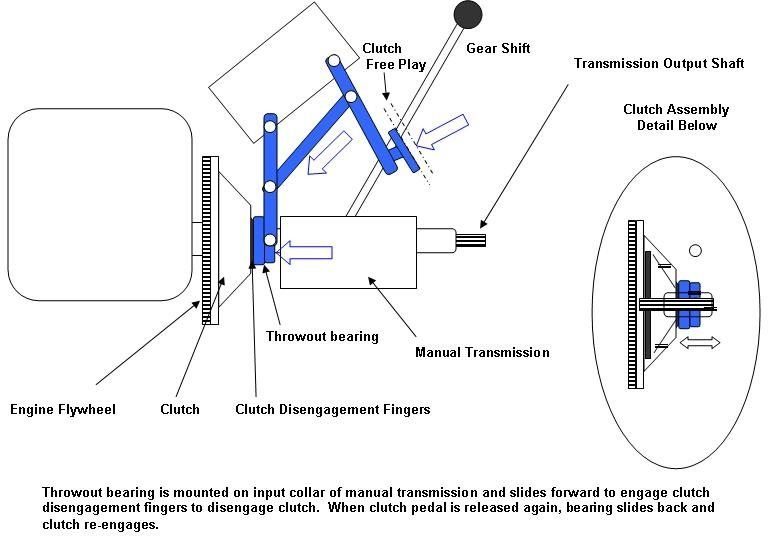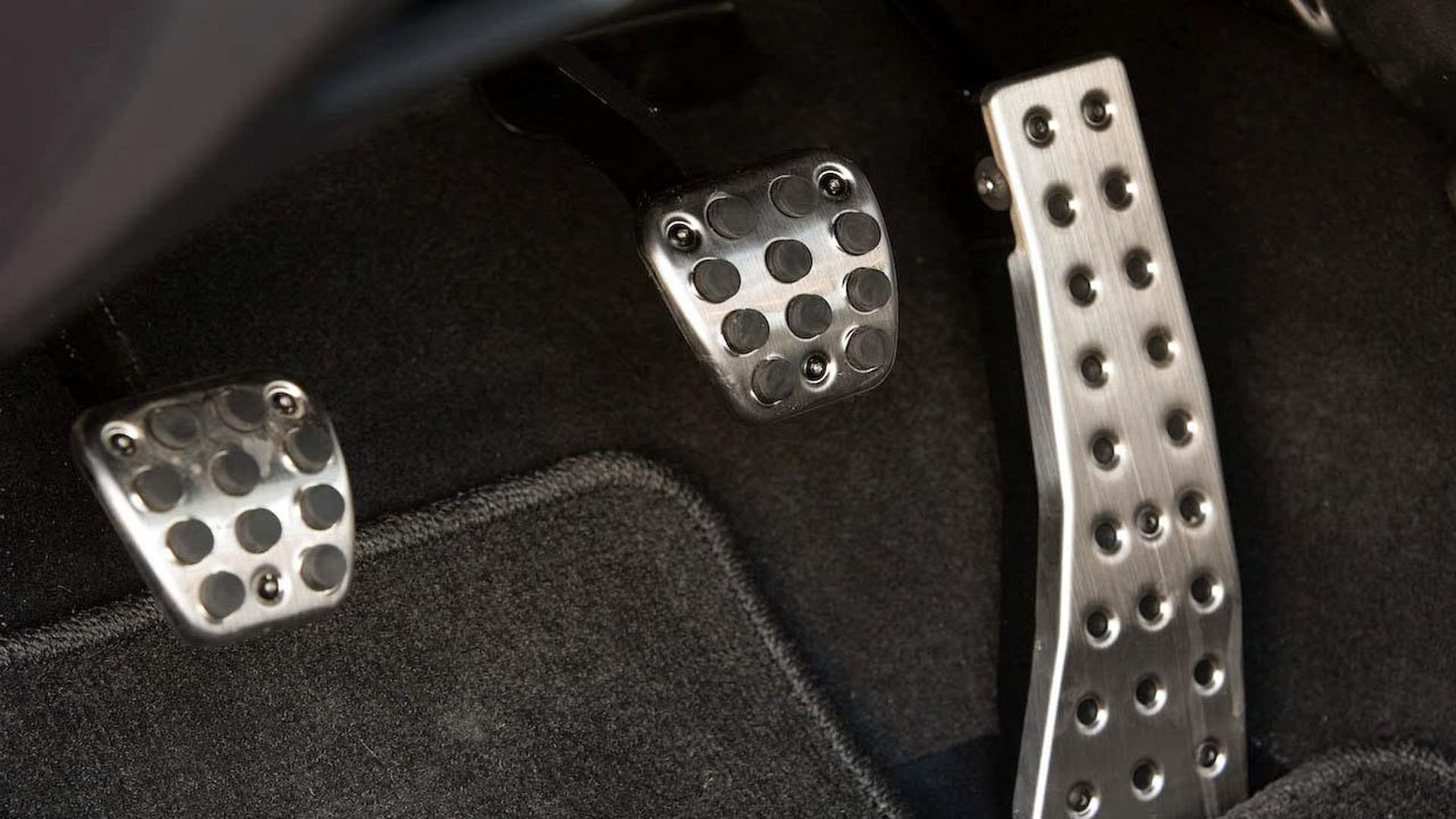Toyota Camry: Why Does My Clutch Pedal Get Stuck to the Floor?
The clutch is a touchy issue to diagnose, and there are several reasons why your Camry's clutch pedal gets stuck to the floor. Run through these possibilities to find the cause of your problem.
This article applies to the Toyota Camry 4th, 5th, and 6th Generation (1997-2011).
A stuck clutch can be a big problem, for obvious reasons. Whether the pedal sticks and won't come back up, or you just have to push it extra hard to shift into gear, the cause of a stuck clutch can vary greatly. In some cases, you may simply have a fluid leak or air in your lines, or you may need to replace some minor parts and make some adjustments. In other cases, the source of the problem may go a little bit deeper into the drivetrain. But regardless of the cause, keep reading to have your Camry running and shifting smoothly.

Materials Needed
- Hose and brake fluid
- Measuring tape
- Assorted wrench sizes
Step 1 – Check the clutch
There may be air in the lines.
First you'll need to make sure there is no air present in hydraulic clutch system, which is a common cause of a stuck clutch pedal. Usually, you'll know this is the cause if the clutch feels spongy. If there is air in the system, bleeding the lines is your next step to fix it.
Locate the bleeder valve on the side of the slave cylinder. Place a small section of hose onto the valve nipple, and proceed to fill the master cylinder with fluid. Have a buddy depress the clutch pedal while you open the valve, and allow fluid as well as air to bleed out of the clutch master cylinder reservoir. When both the fluid and air stop coming out, close the valve and have your buddy release the clutch pedal. Repeat the process until only fluid comes out and not air bubbles. Remember to fill the master cylinder with fluid and top off as needed. Now would also be a good time to check for leaks from any of the brakes lines or either of the cylinders.

If there is no air in the hydraulic clutch system, move on to the following step.
Step 2 – Check the accumulator
It may be leaking fluid.
If you have a fluid leak somewhere in your accumulator, an O-ring inside has probably failed and the entire component will have to be replaced. You can find a new accumulator for around $100.
Some people have found success in bypassing the accumulator by running the hose from the master cylinder around to the slave cylinder. Be forewarned, however, that this will make the pedal heavier since the accumulator slows down the flow of fluid, giving you a lighter pedal feeling.

If you see no leaks around the accumulator, move on to the following step.
Step 3 – Check transmission throwout bearing
It may be worn out.
The throwout bearing is located inside your transmission and is part of the clutch system. The purpose of the bearing is to temporarily disengage the engine from the transmission, allowing the clutch disc and transmission to spin independently of the engine before shifting into gear can be done. Throwout bearings wear out and break over time, especially if you tend to "ride" the clutch or do a little drag racing here and there.
One sign that the throwout bearing may be worn out is if you hear grinding or squealing when you depress the clutch pedal, and if the noise goes away when you release the clutch. Replacing a throwout bearing requires the removal the transmission from the bell housing. If your Camry's bearing is broken, it makes sense to replace the clutch along with it since the process will be easier to get done while the transmission is disassembled. The cost of labor to replace both the bearing and the clutch starts at around $500.

Step 4 – Adjust the clutch
If you don't find any of the problems above, you can also try to adjust the clutch.
- Use a ruler to measure the distance from the floor (underneath the carpet) to the bottom of the clutch pedal, and record the distance.
- To check the clutch pedal's "free play," measure the distance between the point where resistance is felt and when the clutch engages (resistance increases).
- Finally, check the clutch release point. Engage the parking brake, chock the tires, and start the engine.
- With the clutch not engaged, slowly move the shifter into reverse until you hear the gears trying to engage.
- Slowly press the pedal until the gear noise stops, and measure the distance.
- Pedal height can be adjusted via a stop nut located underneath the dash.
- The height should be between 6.17 to 6.57 inches for 4-cylinder Camry models, and between 6.37 to 6.76 inches for V6 models.
- Clutch "play" can be adjusted via the push rod under the dash that engages the master cylinder. Play should be between 0.197 to 0.591 inches.
- The clutch release point should be 0.98 inches or more. If it is less, you might need to bleed the brakes or you could potentially have a bad clutch.

Related Discussions
- Clutch Pedal Gets Stuck Down - CamryForums.com
- Master Cylinder Problems - CamryForums.com
- Stuck Clutch Pedal - CamryForums.com






